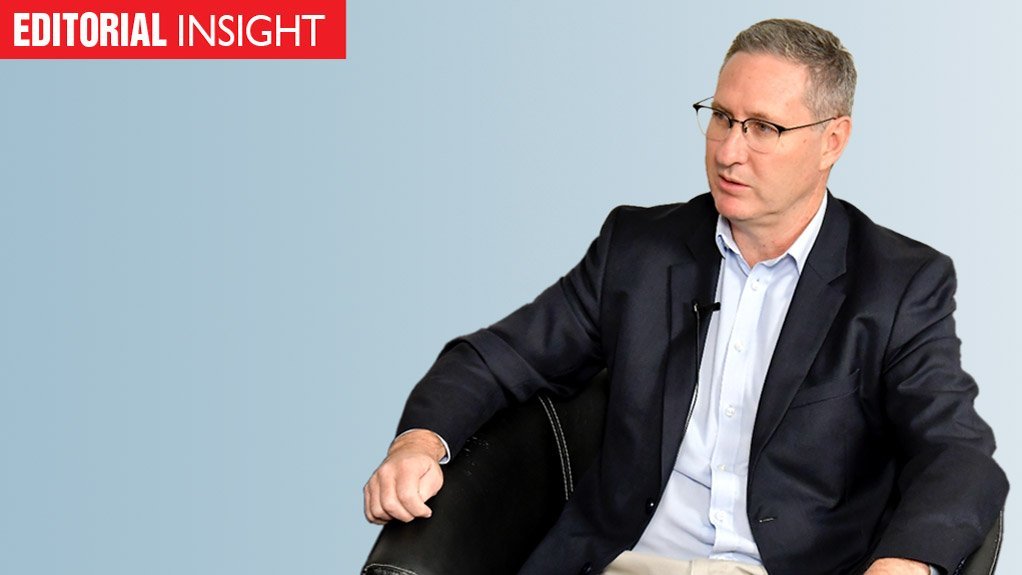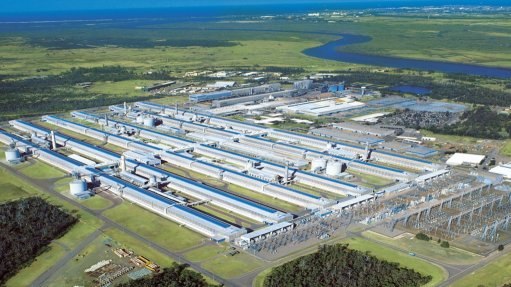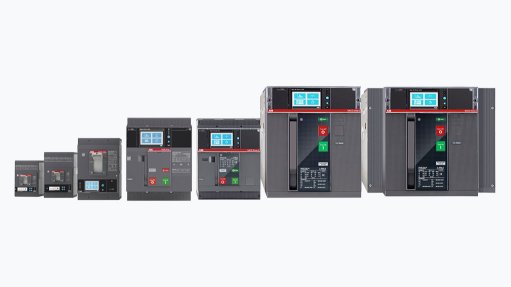Stop playing politics
Recent events confirm that, while South Africa’s energy transition is firmly under way, political obstacles persist – ones that are undermining not only ensuring speedy resolution to the country’s long-running electricity crisis but also increasingly placing the economy’s long-term competitiveness at risk.
A high-profile indicator of the now “inevitable” transition was the switching off, at midday on October 31, of Unit 9 at the Komati power station in Mpumalanga. The development signalled the end of the station’s operating life as a coal-fired generator (one that began in 1961) and its beginning as a renewables, storage, manufacturing, and training hub.
Eskom has identified Komati as its flagship site for the repowering and repurposing envisaged under its ‘Just Energy Transition Strategy’, with the repowering aspects including the development of 150 MW of solar photovoltaic and 70 MW of wind generation and the installation of 150 MW of battery storage.
The Komati experience is expected to be replicated across several power stations that are scheduled for retirement, which Eskom’s latest Transmission Development Plan (TDP2022) shows will need to be accelerated relative to the schedule outlined in the outdated Integrated Resource Plan of 2019, largely to accommodate the early retirement of Tutuka.
The TDP2022 also underscores the inevitability of the transition, pointing to a material fall in coal’s contribution to the mix over the coming ten years, while wind and solar are poised to make up the lion’s share of the additional 53 GW that the plan shows will be required by 2032.
Similarly, the World Bank’s ‘South Africa Country Climate and Development Report’ has confirmed what several other evidence-based reports have done before it: that renewables represent the quickest, cheapest and most financeable pathway out of loadshedding and that their massive deployment will support not only higher growth and job creation but also improve climate resilience, human health and economic competitiveness.
While Eskom has estimated that R1.2-trillion of investment will be required by 2030 in the electricity sector alone, the World Bank says that total incremental financing requirements by the same date could reach an estimated R2.4-trillion to support climate resilience, led by the power sector, rising to R8.5-trillion by 2050.
In other words, this is the biggest investment priority for South Africa for the next three decades and it is, thus, crucial that there is not only a clear pathway but also political support for that pathway. Unfortunately, that is not what we have, with South Africa’s Energy and Finance Ministers particularly guilty of blurring the outlook, despite this having been well articulated by a President at whose pleasure they serve.
On the margins, there can be debate about the role of gas relative to other solutions (such as batteries and pumped storage) in supporting a system led by variable renewable energy. But the pathway is clear: a massive deployment of solar, wind and storage, as well as grid infrastructure.
It’s time to stop playing politics and start securing the financing and the societal support needed for what will be a truly unprecedented build programme.
Article Enquiry
Email Article
Save Article
Feedback
To advertise email advertising@creamermedia.co.za or click here
Announcements
What's On
Subscribe to improve your user experience...
Option 1 (equivalent of R125 a month):
Receive a weekly copy of Creamer Media's Engineering News & Mining Weekly magazine
(print copy for those in South Africa and e-magazine for those outside of South Africa)
Receive daily email newsletters
Access to full search results
Access archive of magazine back copies
Access to Projects in Progress
Access to ONE Research Report of your choice in PDF format
Option 2 (equivalent of R375 a month):
All benefits from Option 1
PLUS
Access to Creamer Media's Research Channel Africa for ALL Research Reports, in PDF format, on various industrial and mining sectors
including Electricity; Water; Energy Transition; Hydrogen; Roads, Rail and Ports; Coal; Gold; Platinum; Battery Metals; etc.
Already a subscriber?
Forgotten your password?
Receive weekly copy of Creamer Media's Engineering News & Mining Weekly magazine (print copy for those in South Africa and e-magazine for those outside of South Africa)
➕
Recieve daily email newsletters
➕
Access to full search results
➕
Access archive of magazine back copies
➕
Access to Projects in Progress
➕
Access to ONE Research Report of your choice in PDF format
RESEARCH CHANNEL AFRICA
R4500 (equivalent of R375 a month)
SUBSCRIBEAll benefits from Option 1
➕
Access to Creamer Media's Research Channel Africa for ALL Research Reports on various industrial and mining sectors, in PDF format, including on:
Electricity
➕
Water
➕
Energy Transition
➕
Hydrogen
➕
Roads, Rail and Ports
➕
Coal
➕
Gold
➕
Platinum
➕
Battery Metals
➕
etc.
Receive all benefits from Option 1 or Option 2 delivered to numerous people at your company
➕
Multiple User names and Passwords for simultaneous log-ins
➕
Intranet integration access to all in your organisation




















